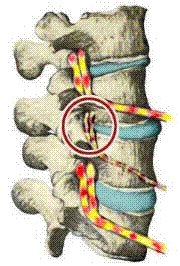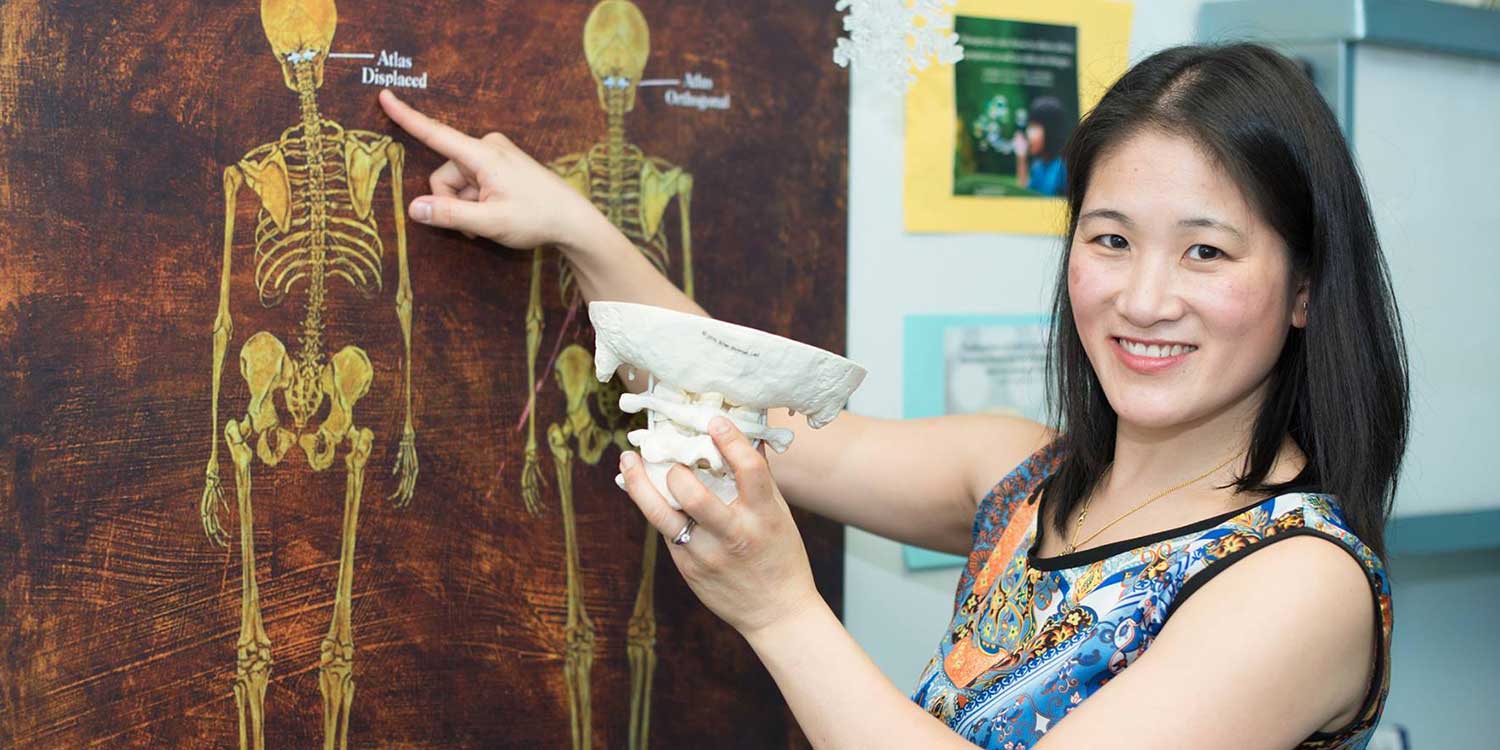Chiropractors are doctors trained in the proper structure and function of the body, the detection of causes of dysfunction and disease, and techniques to help patients regain optimal structure and function. Chiropractors utilize a variety of methods to help patients, including chiropractic adjustments, nutritional advice, stretches, exercises, soft tissue work, conselling and referral to other professionals when appropriate. Unique to chiropractic is the focus on the nervous system and how it can be affected by misalignments or distortions in the musculoskeletal system.

Because the brain and spinal cord are protected by and travel through the skull and spine, any bony misalignment (subluxation) here can affect not only that area, but also the nerves that exit between those vertebrae and the end organs those nerves control. Very frequently, a pain in the back is more than just that. When that subluxation is corrected by a chiropractic adjustment, one can expect pain relief and easier movement, and there may also be side benefits, like improved digestion or easier breathing.
The following are two charts showing nerve flow in the body. The Peripheral (Spinal) Nervous System is the network of nerves carrying motor information (to muscles for movement and tone) and sensory information (pain, joint position awareness, balance, hot/cold, touch, etc). The Autonomic Nervous System mainly controls organ functions (glands, cardiovascular system, digestion, elimination, hormones, temperature control, blood flow, reproduction, etc). The Sympathetic Nervous System ramps up certain body functions, and shuts down others in response to stress (called the “Fright/Flight Mechanism”). The Parasympathetic Nervous System functions best when the body is resting (digestion, healing, growth, reproduction, etc).
If one looks closely at the area just under the skull, it is easy to see how extensive the network of nerves is at this area. The atlas bone (C1) and its relative position to the skull and neck can directly impact any of these organ functions. In addition to sympathetic (superior cervical ganglion) and parasympathetic nerves (directly to organs), there are plenty of peripheral nerves to the head, and the medulla oblongata, also known as the brainstem. The medulla oblongata is responsible for many crucial functions, including modulating the nerve input to the brain (filtering out incorrect or redundant messages) and directing nerve impulses to appropriate areas of the brain. An atlas subluxation can allow the brain become overloaded with nerve impulses, not all of them necessary or correct, thus making a person feel easily confused, anxious, fatigued, frustrated and stressed out. Similarly, motor nerves leaving the brain must also pass through the atlas. A subluxation here may make it more difficult to achieve ideal strength, precision or balance with respect to movement.
If one likens the spine to a fuse box, with each spinal nerve as the electricity to a room of the house, then the atlas is like the switch for the main power supply (brain) to the house (body). When the atlas is misaligned, the entire nervous system is compromised. When the atlas is in adjustment, fine-tuning the rest of the spine where needed can help the body function at its best.

